Act Now - Limited Time Offer
$67 Pest Control

Jakob Beltran
Pest Control Technician
Jonathan Mitchell
Pest Control Technician
Jackie Murphy
Sales Representative
The bed bug, known scientifically as Cimex lectularius, is a small, reddish-brown insect that relies on human blood. These bugs are roughly the size of an apple seed and are commonly found in mattress seams, box springs, and furniture crevices. Bed bugs are active mainly at night and can hide in small fabric folds, electrical outlets, and behind picture frames.
Bed bugs undergo five nymphal stages before reaching adulthood, requiring a blood meal to molt from one stage to the next. Female bed bugs can lay about five eggs daily in hidden places. They can live for months without feeding. While bed bugs don’t spread diseases, their bites can cause itching and allergic reactions.
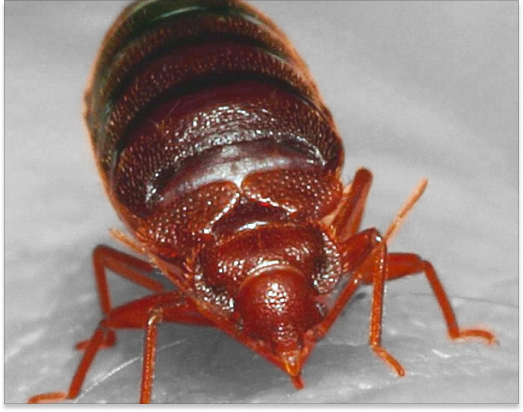
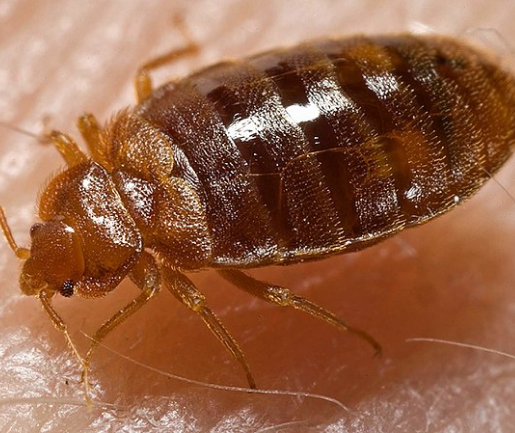
The bed bug species Cimex hemipterus is typically found in tropical and subtropical climates. Similar to Cimex lectularius, these pests feed on human and animal blood. They are small, reddish-brown insects, growing to about 4-5 mm in size, with an oval and flattened shape that helps them hide in small spaces.
While these bed bugs are usually active at night, they may also bite during the day if it’s too hot or dry. They prefer to live near water sources to keep their larvae hydrated. If you suspect a bed bug problem, look for these bugs near beds and other sleeping areas. Common signs include small blood spots on sheets, brown fecal smears, and shed skins.
Leptocimex Boueti bed bugs can be a real headache if they find their way into your home. They usually feed on humans at night but can come out during the day if the conditions are too hot or dry. These bugs are often found near water sources to ensure their larvae have access to drinking water, even though they are not aquatic insects.
Adult Leptocimex Boueti are about the size of an apple seed, with a flat, oval body. They are reddish-brown and become darker after feeding. They have long antennae and eyes that look like raspberries. Equipped with three pairs of legs, these bed bugs can expand their bodies when feeding. If you think you have a bed bug problem, it’s important to take immediate action. Sacramento Pest Control is here to help you get rid of these pests and prevent them from coming back.
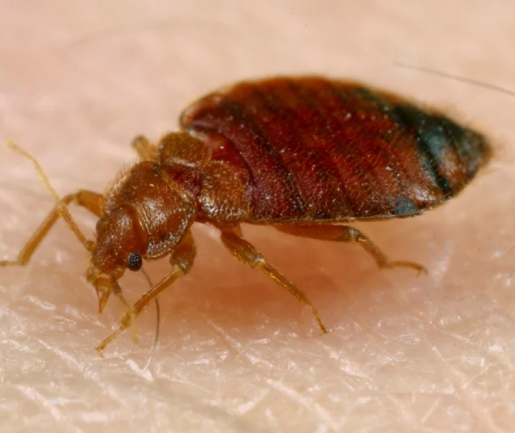
Bed bug eggs are tiny, about the size of a pinhead, typically measuring around 1mm. Their pearl-white color makes them difficult to see against light-colored surfaces. If the eggs are older than five days, you might notice a tiny eye spot.
Bed bugs usually lay their eggs in hidden, safe locations close to their food sources. Common areas include mattress seams, crevices in box springs, and spaces under baseboards. Female bed bugs can lay up to five eggs each day, which will hatch within 4-12 days. If left untreated, these eggs can lead to new bed bug problems.
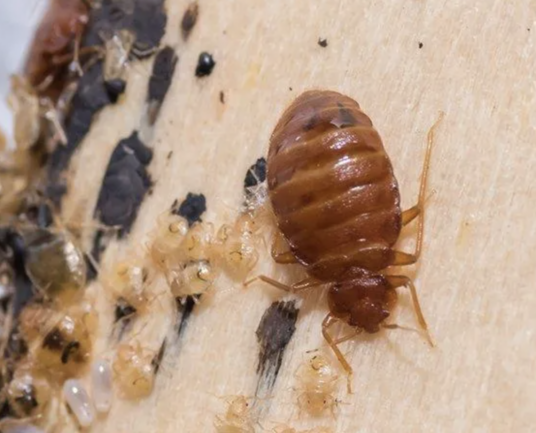
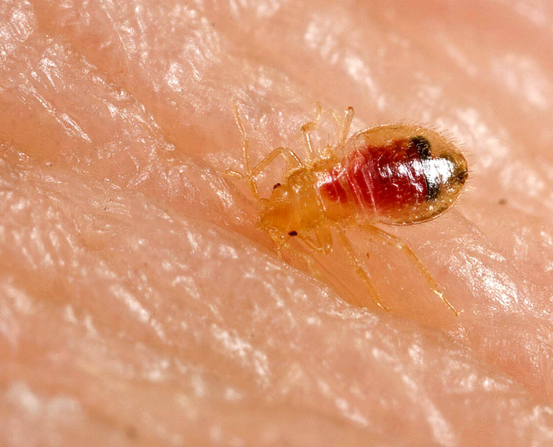
Immature bed bugs, known as nymphs, pass through five developmental stages before reaching adulthood. These nymphs are smaller and lighter in color than adults, making them harder to detect. Each stage requires a blood meal to molt, with feeding sessions lasting around 5-10 minutes.
Nymphs are often located near areas where people sleep or rest, such as in mattress seams, bed frames, and small gaps. Indicators of nymph presence include tiny pale bugs and small blood spots on linens. Effective treatment targets these hiding places to completely remove all nymphs.
Adult bed bugs are small, reddish-brown insects about the size of an apple seed. They have flat, oval bodies that become more rounded after feeding. These pests feed on human blood, usually biting at night while people sleep.
You can often find bed bugs near sleeping areas, such as in mattress seams, bed frames, and other nearby furniture. They also hide behind electrical outlets and picture frames. Signs of bed bugs include red blood spots, brown fecal streaks, and discarded skins. Regular inspections can help detect bed bug issues early and prevent infestations from spreading.
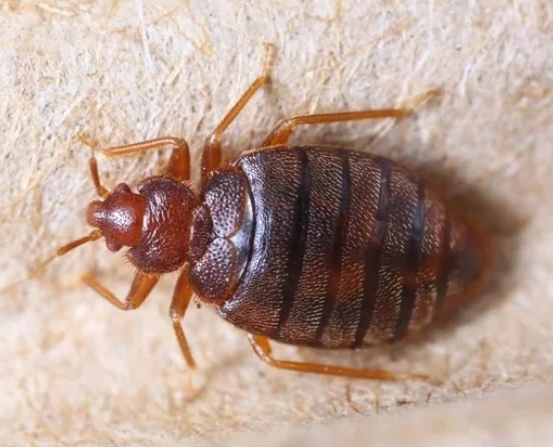
At Sacramento Pest Control, bed bug treatment starts with a comprehensive inspection by our skilled inspectors. They identify bed bugs through photos or symptoms and provide a preparation sheet with necessary steps. Customers must prepare by removing items from walls, vacuuming infested areas, and washing bedding and clothing. Our team treats the entire room, paying special attention to furniture legs, moldings, cracks, crevices, bed frames, headboards, box springs, and mattresses. The covering under the box spring must be removed to enhance treatment effectiveness. Treated areas should remain empty for at least three hours.
We typically recommend 3-4 treatment sessions based on the severity of the infestation. Costs are assessed post-inspection. While our treatments are safe for pets, we advise leaving the home for 3-4 hours during and after treatment. We provide a 30-day warranty on whole-home treatments. To avoid future infestations, adhere to our guidelines and maintain cleanliness. Our thorough and effective treatment approach ensures complete bed bug removal, providing our clients with security and peace of mind.
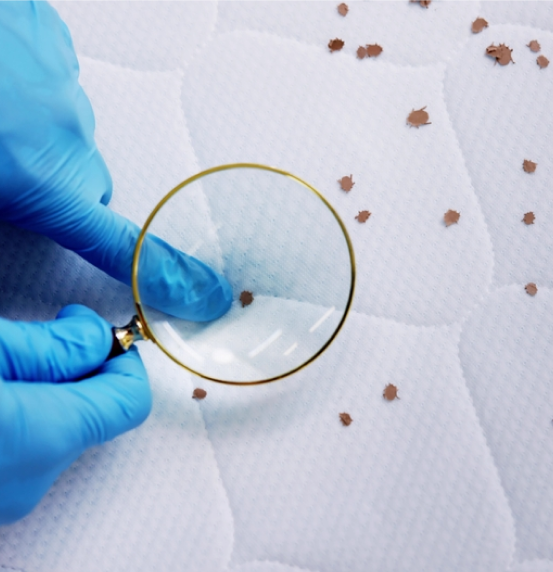

Two weeks after our first bed bug treatment, we offer a free follow-up. This follow-up includes applying an insect growth regulator to break the bed bugs’ life cycle, targeting any remaining eggs or nymphs to prevent them from maturing into adults.
Our experts will inspect the treated areas again to ensure there are no lingering signs of bed bug activity. This additional step provides extra security and peace of mind. With our follow-up service, you can be confident that we are committed to eradicating bed bugs from your home.
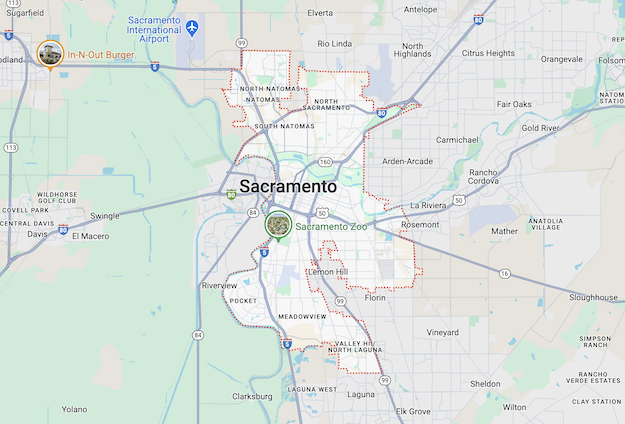
Limited time offer! Get $50 off your first pest control service.

Barrier Services
Sacramento Office
© Sacramento Pest Control 2024